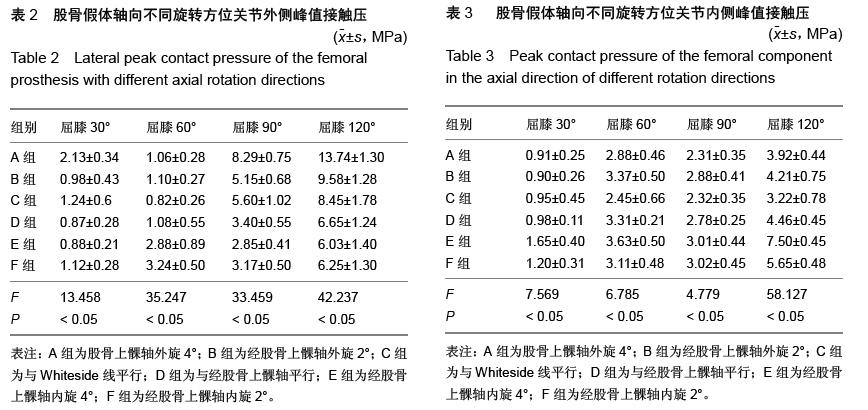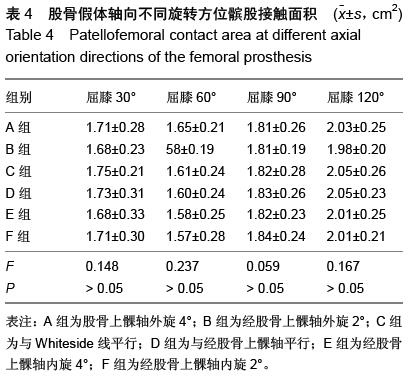| [1] Thomas CH,Athanasiov A, Wullschleger M, et al. Current concepts in tibial plateau fractures. Acta Chir Orthop Traumatol Cech. 2009;76(5): 363-373.[2] Zhang CC. Diagnosis and therapy of tibial plateau fractures and pilon fractures. Zhongguo Gu Shang. 2010;23(2): 81-83.[3] Gardner MJ, Schmidt AH. Tibial plateau fractures. J Knee Surg. 2014;27(1): 3-4.[4] Song QZ, Li T. Operative treatment for complex tibial plateau fractures. Zhongguo Gu Shang. 2012;25(3): 202-204.[5] Kandemir U, Maclean J. Surgical approaches for tibial plateau fractures. J Knee Surg. 2014;27(1): 21-30. [6] Zielinski SM, Bouwmans CA, Heetveld MJ, et al. FAITH trial investigators. The societal costs of femoral neck fracture patients treated with internal fixation. Osteoporos Int. 2014;25(3): 875-885.[7] 罗永祥, Akkineni AR, Anja Lode W, et al. 3-D打印:一种个性化制备复杂支架和组织工程植入物的多功能快速成型技术(英文)[J]. 中国修复重建外科杂志,2014;28(3): 279-285. [8] 张伟,张铁良.三维重建及快速成型在骨科临床的应用研究[D]. 天津医科大学, 2010.[9] 黄若昆,谢鸣,余嘉,等.应用数字化技术设计胫骨远端后侧解剖钢板的研究[J].中华创伤骨科杂志. 2013,10(15): 889-892. [10] Miller EA, West DM. Where's the revolution? digital technology and health care in the Internet age. J Health Polit Policy Law. 2009;34(2): 261-284.[11] Demartini TL, Beck AF, Klein MD, et al. Access to digital technology among families coming to urban pediatric primary care clinics. Pediatrics. 2013;132(1): e142-148.[12] von Tengg-Kobligk H,Weber TF, Rengier F, et a1. Imaging modalities for the thoracic aorta. J Cardiovasc Surg. 2008;49(4): 429-447.[13] Hall JA, Beuerlein MJ, Mckee MD. Open reduction and internal fixation compared with circular fixator application for bicondylar tibial plateau fractures. Surgical technique. J Bone Joint Surg Am, 2009;91 Suppl 2 Pt 1: 74-88.[14] Zhong FH, Zhang XW, Ma GP, et al. Case-control studies on therapeutic effects for the treatments of tibial plateau fractures between arthroscopic technique in minimally invasion surgery and minimally invasive internal fixation with plates and screws. Zhongguo Gu Shang. 2011;24(9): 732-736.[15] 岳勇,阿不来提•阿不拉,杨勇,等. 在3-D打印模型基础上微创螺钉及锁定钢板置入内固定修复踝关节骨折[J]. 中国组织工程研究,2015,10(26): 4247-4252.[16] Dubois-Ferrière V, Assal M. Benefit of computer assisted surgery in foot and ankle surgery. Rev Med Suisse. 2014;10(420): 562-564.[17] Davidovitch RI, Weil Y, Karia R, et al. Intraoperative syndesmotic reduction: three-dimensional versus standard fluoroscopic imaging. J Bone Joint Surg Am. 2013;95(20): 1838-1843.[18] Brunner A, Heeren N, Albrecht F, et al. Effect of three-dimensional computed tomography reconstructions on reliability. Foot Ankle Int. 2012;33(9): 727-733.[19] von Recum J, Wendl K, Vock B, et al. Intraoperative 3D C-arm imaging. State of the art. Unfallchirurg. 2012;115(9): 196-201.[20] Beerekamp MS, Sulkers GS, Ubbink DT, et al. Accuracy and consequences of 3D-fluoroscopy in upper and lower extremity fracture treatment: a systematic review. Eur J Radiol. 2012;81(420): 4019-4028.[21] Beerekamp MS, Ubbink DT, Maas M, et al. Fracture surgery of the extremities with the intra-operative use of 3D-RX: a randomized multicenter trial (EF3X-trial). BMC Musculoskelet Disord. 2011;7(6): 151.[22] Ruan Z, Luo C, Shi Z, et al. Intraoperative reduction of distal tibiofibular joint aided by three-dimensional fluoroscopy. Technol Health Care. 2011;19(3): 161-166.[23] Richter M, Zech S. Intraoperative 3-dimensional imaging in foot and ankle trauma-experience with a second-generation device (ARCADIS-3D). J Orthop Trauma. 2009;23(3): 213-220.[24] Ruan Z, Luo C, Shi Z, et al. Intraoperative reduction of distal tibiofibular joint aided by three-dimensional fluoroscopy. Technol Health Care. 2011;19(3): 161-166.[25] Qiang M, Chen Y, Zhang K, et al. Measurement of three-dimensional morphological characteristics of the calcaneus using CT image post-processing. J Foot Ankle Res. 2014;7(1): 19. [26] 霍莉峰,倪衡建.数字骨科应用与展望:更精确、个性、直观的未来前景[J].中国组织工程研究,2015,19(9): 1457-1462. [27] 王征,王岩,毛克亚.脊柱数字化重建与3D打印技术对复杂脊柱畸形矫治的意义[J]. 中围脊柱脊髓杂志, 2006, 31(16): 212-214.[28] 张强,邹德威,马华松. 3D打印技术脊柱模型在脊柱外科的初步应用[J]. 颈腰痛杂志,2007,6(28): 451-454.[29] Paeng JY, Lee JH, Lee JH, et al. Condyle as the point of rotation for 3-D planning of distraction osteogenesis for hemifacial microsomia. J Craniomaxillofac Surg. 2007;35(2):91-102. [30] Vaibhav Bagaria V, Deshpande S, Kuthe A. Use of rapid prototyping and three-dimensional reconstruction modeling in the management of complex fractures. Eur J Radiol. 2011;80(3):814-820.[31] Foss K, da Costa RC, Moore S, et al. Three-dimensional kinematic gait analysis of Doberman Pinschers with and without cervical spondylomyelopathy. J Vet Intern Med. 2013;7(1): 112-119.[32] Ding J, Sun G, Lu Y, et al. Evaluation of anterior ethmoidal artery by 320-slice CT angiography with comparison to three-dimensional spin digital subtraction angiography: initial experiences. Korean J Radiol. 2012;13(6): 667-673.[33] Zhu QG, Fang M, Pan L. Effects of tuina manipulation on the three-dimensional space of cervical vertebral segments of cervical spondylosis patients. Zhongguo Zhong Xi Yi Jie He Za Zhi. 2012;32(7): 922-925.[34] Wade R, Yang H, McKenna C, et al. A systematic review of the clinical effectiveness of EOS 2D/3D X-ray imaging system. Eur Spine J. 2013;22(2): 296-304.[35] Abdullah KG, Bishop FS, Lubelski D, et al. Radiation exposure to the spine surgeon in lumbar and thoracolumbar fusions with the use of an intraoperative computed tomographic 3-dimensional imaging system. Spine (Phila Pa 1976). 2012;37(17): E1074-1078.[36] Yoshihara M, Terajima M, Yanagita N, et al. Three-dimensional analysis of the pharyngeal airway morphology in growing Japanese girls with and without cleft lip and palate. Am J Orthod Dentofacial Orthop. 2012;141(4 Suppl): S92-101.[37] 张元智,陆声,赵建民,等. 数字化技术在骨科的临床应用[J]. 中华创伤骨科杂志,2011,13(12): 1161-1165.[38] 张元智,陆声,赵建民,等. 3D打印技术:骨科最新冲击波[J]. 中华创伤骨科杂志,2015,17(1): 8-9.[39] 李翔,范卫民,刘锋,等. LISS在复杂胫骨平台骨折中的应用[J]. 江苏医药. 2007,33(2): 140-142.[40] Cole PA, Zlowodzki M, Kregor PJ. Less Invasive Stabilization System (LISS) for fractures of the proximal tibia: indications, surgical technique and preliminary results of the UMC Clinical Trial. Injury. 2003;34: 16-29. |
.jpg)

